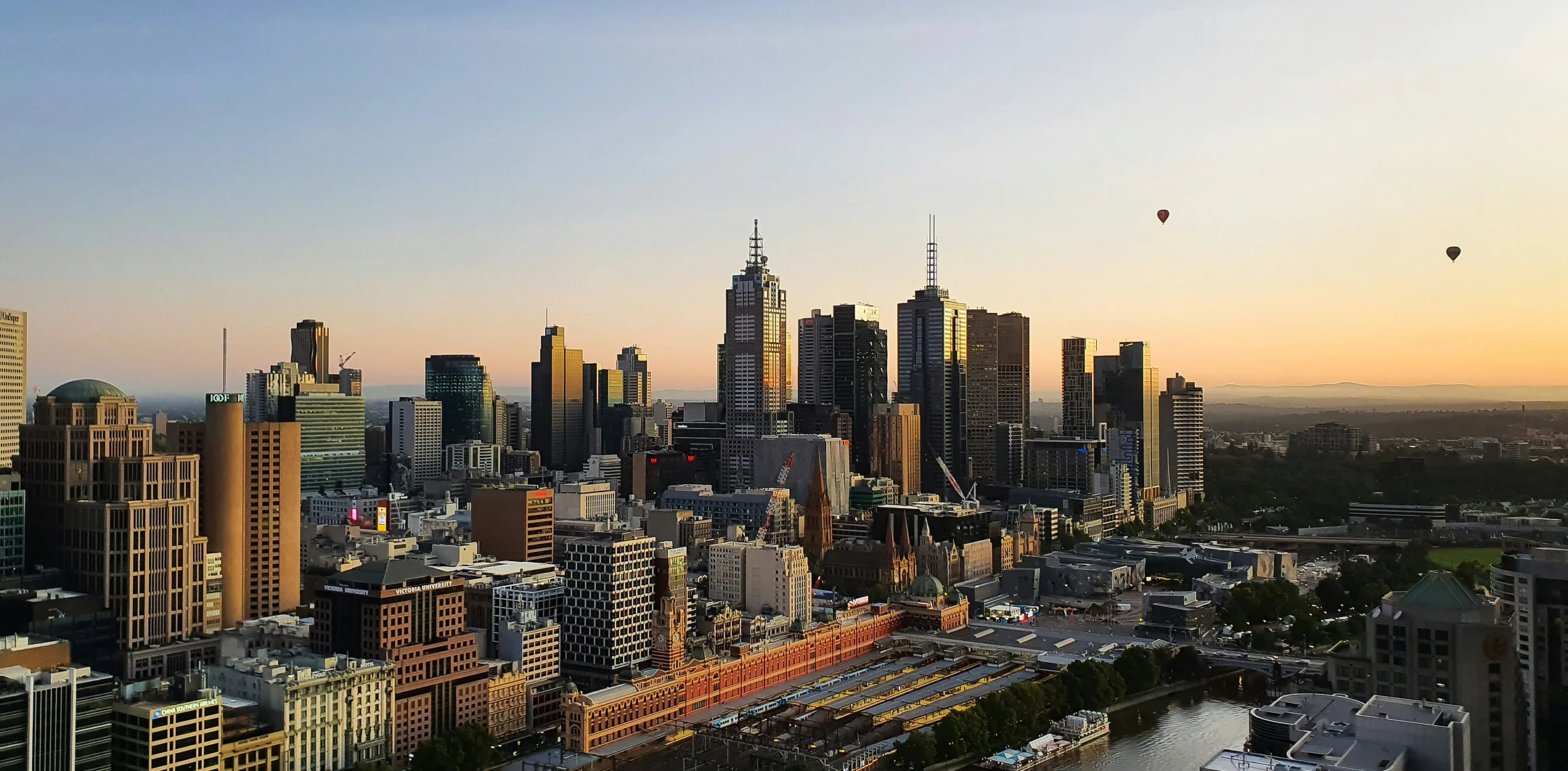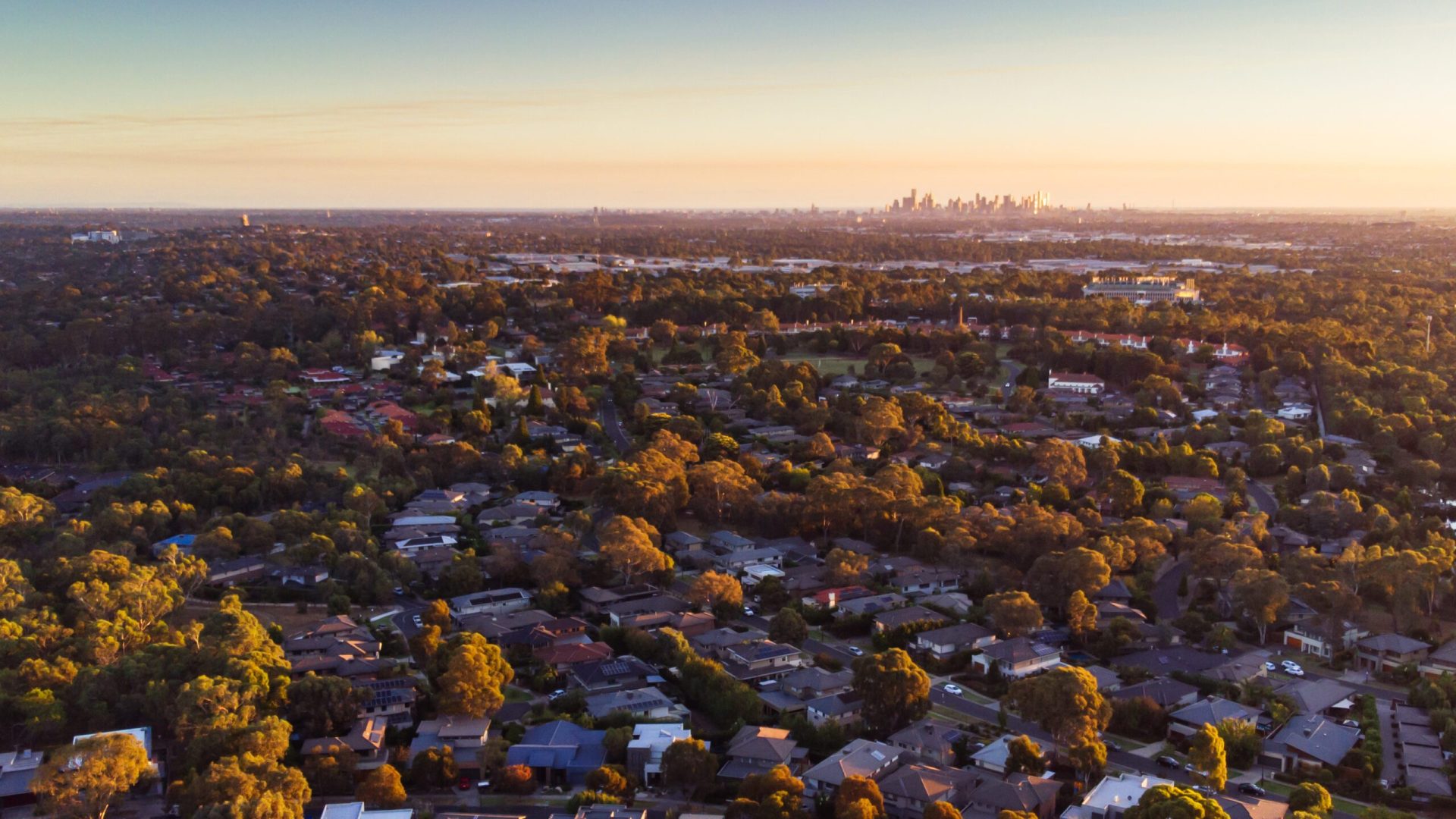Why You Shouldn’t Fear Property Market Cycles
The property market is not a light switch. It doesn’t have a Boom and Bust switch. Like any major market, it fluctuates. It goes through periods of growth. It goes through periods of price correction. This was a topic recently featured on Four Corners.
However, the media does not seem to understand the nuances of the market. Constantly, headlines portray the property market in extremes. We’ve seen stable markets being coined ‘Housing Booms’. We’ve seen growth markets deemed ‘unaffordable’. We’ve lost count of how many forecasters we’ve heard use the phrase ‘in a bubble’.
It should come as no surprise when you consider their vested interests. These outlets want to create a heightened sense of excitement or fear to drive sales and viewer numbers. With that said, this article aims to debunk the myth that a bubble is about to burst and that we are simply entering the correction phase of the property market cycle.
The Property Market Cycle Explained
Before we go into more detail, it’s important to refresh ourselves on the property market cycle, which traditionally consists of four phases:
1. Growth
During the growth phase of the housing market cycle, housing prices will rise, often gaining pace as the phase goes on.
2. Peak
After prices have increased rapidly, the year-on-year growth will subside and plateau, indicating that the peak has been reached.
3. Correction
Sometimes referred to as the bottoming phase, housing prices drop as the market corrects itself. This is normally a slow period, not the ‘bubble bursting’ as media outlets like to claim.
4. Value
In the value (or recovery) phase, housing prices even out and are flat, which causes many savvy investors and home buyers to return to the market and pick up assets before the growth.
Although there is no set time for a complete property cycle to take place, a whole cycle usually takes around 7-10 years to complete. Over the course of one cycle, it is not unprecedented to see the value of your property double, especially if it’s a house or plot of land.
Australian Housing Market Cycle Case Study: Sydney
Sydney has been on the precipice of a housing market crash for ages if you listen to the scaremongers who brandish about terms like ‘unaffordable’, ‘inflated’, ‘sure to bust’, ‘in a bubble’. However, in reality, it’s more just a case of the housing cycle doing what it always does.
During the last major growth curve between 1998-2002, we also saw dramatic growth in Sydney. But for the best part of the next decade, it didn’t grow at all. Now it’s been on the up again for about four years, the same time frame of the last growth phase.
With this evidence, it is hard to believe that the bubble is about to burst. It is much more likely that the market will now plateau and slowly rectify itself, as it did between 2002-2012.
What Is a Property or Housing Bubble?
A “property bubble” refers to the belief that property prices have become unsustainably overvalued, due to an abrupt increase in property valuations relative to income and rents. This rapid rise leads people to wonder whether the prices will decline or if the bubble will burst dramatically.
In many areas across Australia, especially in Sydney and Melbourne, low interest rates and other factors have led to higher demand among owner-occupiers and real estate investors and a subsequent increase in median house prices.
When the housing market heats up, speculation over property bubbles increases massively, normally towards the end of the growth phase or at the peak phase in the property market cycle. You can find fears around housing bubbles in the media way back in 1971, and possibly even further!
Yet, historically, the inflated prices are remedied. For example, during the last couple of property cycles (in the 1990s & the late 2000s), we saw nothing more than a price correction aided by a well-timed interest rate rise. There was no bursting of bubbles, no crashes, no mass hysteria…But what about this time around?
Why the property market in Australia won’t burst
The market cycle is dictated by a number of factors that make the conditions nearly impossible for a bubble to burst.
Housing Bubbles and Interest Rates
At the moment, we are enjoying low interest rates, which are driving upswings in the property cycle. And one of the main arguments used by bubble bursting proponents is that it would become impossible to sustain this market if interest rates increased substantially.
However, if interest rates did significantly rise, many home owners would be able to adjust their lifestyles to cope. At present the low interest rates are causing disposable income. If you’re not sure, simply look around on a Friday night. Restaurants are full. People are having fun. These are indicators that home owners will be able to compromise should interest rates rise.
But more importantly, if interest rates do rise, we’ll likely have more money in our pocket to cover higher repayments. Because generally when interest rates rise, this is due to an expanding economy; they drop when economies are shrinking. That means other things like house prices are rising too, which equals more equity, a more solid asset and high consumer confidence and wage growth.
What’s more, unlike many countries where the housing bubble has burst, Australian regulation bodies like APRA are making it tougher for borrowers to get money. Banks are now considering loans not on expected P&I repayments but on repayments with a 7.4% interest rate. This is to ensure enough buffer in case things do go a bit pear shaped. This measure is directly designed to curb the likelihood of a bubble bursting.
Experts using expertise from foreign markets
A lot of the experts commenting on the Australian housing market use examples or experiences from overseas to prove that Australia is set to be the next domino to fall. However, there are significant differences between, for example, American & Australian housing markets.
For starters, Australia has 75% of the population living in four main cities: Sydney, Melbourne, Brisbane & Perth, while the population of the US is tenfold and much, much more spread out. This is a hugely different environment when it comes to supply & demand & availability of houses.
Prior to the American housing crisis, American lenders were also much more cavalier about their loans. People with no income or assets were being approved in ‘ninja’ loan schemes because people had the option to hand in their keys to the bank and have them take over ownership if they could no longer pay the loans.
But when that happens on a big scale, banks are left holding tons of assets with no incoming income. It is a risky system. Australia’s loan approval system is much more stringent. Our financial institutions behave more prudently to avoid the excessive risks witnessed by our US counterparts.
Don’t buy into the fear of bursting property markets
The fact is that the Australian housing market is so broad. There’s no one housing market; some areas are experiencing a growth phase while other areas have stabilised. However, in general, the market has performed in the same cyclical manner for decades and there’s no reason to expect that to change now.
Consider the evidence: a stringent loan system, the ability for home owners to adjust their lifestyles to cope with higher rates, a relatively strong job market – lots of people being made unemployed is another reason for a sudden offloading of houses – and a good supply of properties in the main areas where job creation is happening
This evidence, along with the general resilience of the Australian housing market, which has stood the test of time, makes it difficult to pinpoint where exactly the needle will come from that will burst this mythical bubble.
Of course, this reassurance should not make us feel entirely safe. The housing market still has a degree of uncertainty about it, no matter how closely it resembles the historic pattern of housing market cycles. A great approach to minimising risk is to stay up-to-date, so make sure you check out our latest blog posts or attend one of our free events.








